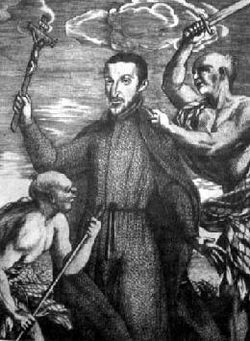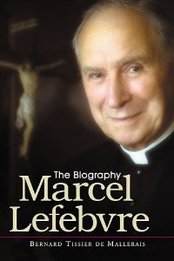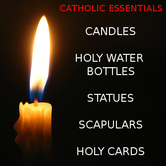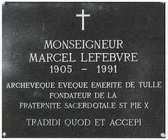
Contents
A son of a nobleman, he was baptised Diégo Jeronimo de San VitoreSan Vitoress y Alonso de Maluendo. He was born on November 12, 1627 in the city of Burgos, Spain to Don Jeronimo de San Vitores and Dona Maria Alonso Maluenda. His parents attempted to persuade him to pursue a military career, but San Vitores instead chose to pursue his religious interests. In 1640, he entered the Jesuit novitiate and was ordained a priest in 1651. Believing his calling was to serve as a missionary to non-Christians, San Vitores was granted his request and assigned to a mission in the Philippines.
In 1662, San Vitores, stopped in Guam on the way to the Philippines and vowed to return. Three years later, through his close ties to the royal court, he persuaded King Philip IV of Spain and Queen Maria Ana of Austria to order a mission in Guam be established.
Martyrdom
The tide of discontent continued with the missionaries’ presence. For whatever reason, profit or pride, historical documents pinpoint a Chinese man named Choco, who was living on Guam for about two decades after he was shipwrecked in the Marianas prior to the missionaries’ arrival, as having been the instigator of rumors that would have negative ramifications for the missionaries.
Choco was married to a Chamorro woman from Saipan, and living in the southern village of Paa (which has now disappeared in present-day Guam). Choco came to the Marianas when the boat he and other Chinese men sailing from the Philippines shipwrecked.
Choco promoted the rumor that the baptismal water and anointing oils used in religious rites were killing people, thwarting conversion efforts so much that San Vitores would eventually end up confronting Choco at Paa. The two were locked into in a days-long public debate about religion with Choco supposedly conceding and even receiving baptism, but it did not take long for him to renounce Catholicism.
In their search for a runaway companion named Esteban, San Vitores and his Visayan companion Pedro Calungsod came to the village of Tumon, Guam on 2 April 1672. There they learnt that the wife of the village chief Matapang gave birth to a daughter, and they immediately went to baptise the child. Influenced by the calumnies of Choco, the chief strongly opposed; to give Mata'pang some time to calm down, the missionaries gathered the children and some adults of the village at the nearby shore and started chanting with them the tenets of the Catholic religion. They invited Mata'pang to join them, but he shouted back that he was angry with God and was fed up with Christian teachings.
Determined to kill the missionaries, Mata'pang went away and tried to enlist another villager, named Hirao, who was not a Christian. Hirao initially refused, mindful of the missionaries' kindness towards the natives, but when Mata'pang branded him a coward, he became piqued and capitulated. Meanwhile, during that brief absence of Mata'pang from his hut, San Vitores and Calungsod baptised the baby girl, with the consent of her Christian mother.
When Mata'pang learnt of his daughter's baptism, he became even more furious. He violently hurled spears first at Pedro, who was able to dodge the spears. Witnesses claim that Calungsod could have escaped the attack, but did not want to leave San Vitores alone. Those who knew Calungsod personally meanwhile believed that he could have defeated the aggressors with weapons; San Vitores however banned his companions to carry arms. Calungsod was hit in the chest by a spear and he fell to the ground, then Hirao immediately charged towards him and finished him off with machete blow to the head. San Vitores absolved Calungsod before he too was killed.
 His Martyrdom in 1672 by Mata'pang and Hurao.
His Martyrdom in 1672 by Mata'pang and Hurao. The death of the Spanish mission leader led to Spanish army reprisals against Chamorro chiefs who had decided to defend their homeland from Spanish subjugation. Bounties were offered for these chiefs' decapitated heads and many were hunted down. Under Spanish military governors, Chamorros who were anti-Spanish were massacred in their villages. European plague and warfare eventually contributed to the defeat of the Chamorros. The Chamorro - Spanish Wars lasted more than 25 years.




